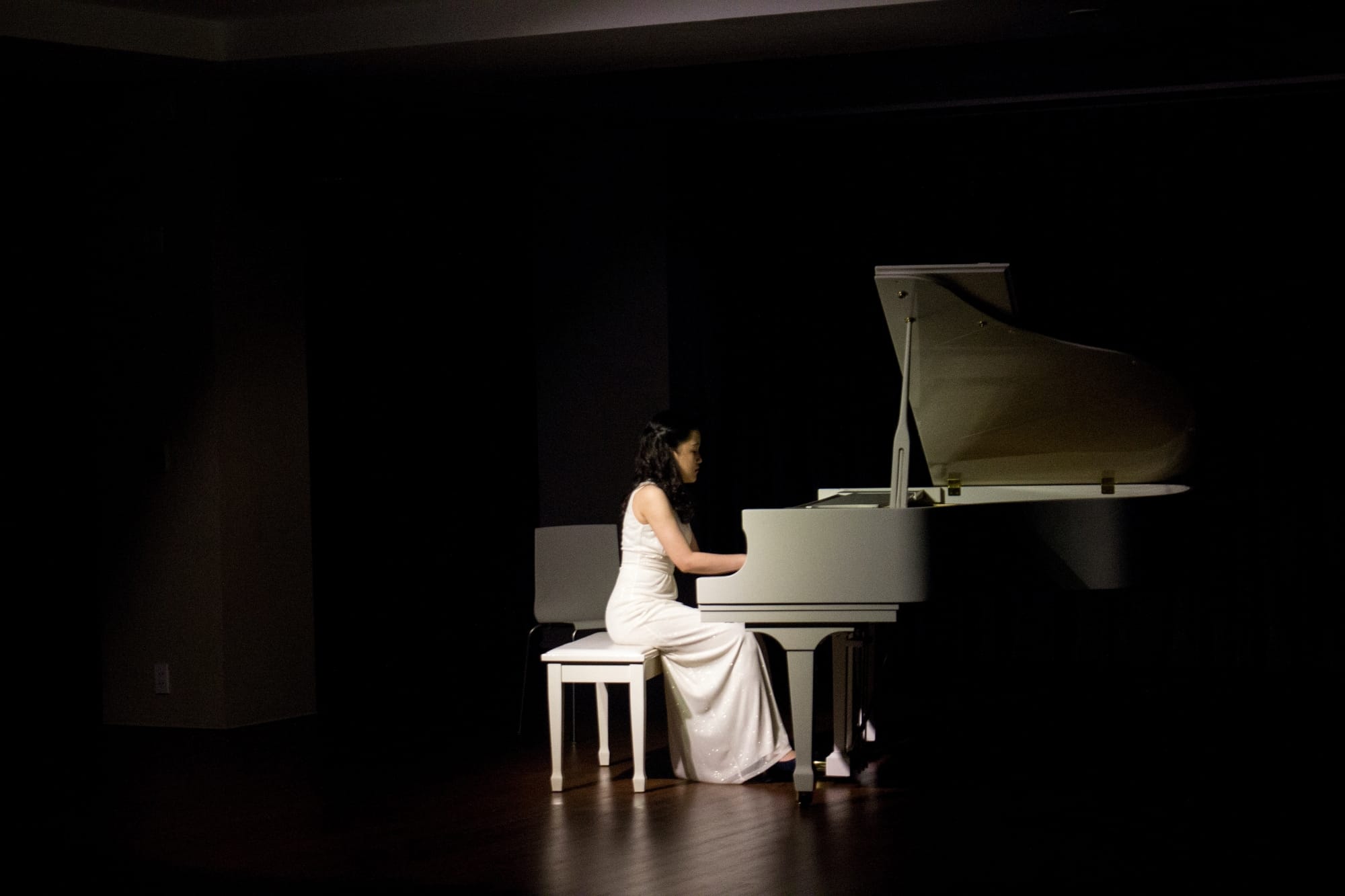
Guide To Sonata Form: History, Composition, and Interpretation
Sonata form stands as one of the most influential and enduring structures in Western classical music. This form, which evolved during the Classical period, has shaped countless compositions, leaving a significant mark on the landscape of music. In this blog, we'll look into the history of sonata form, explore examples of well-known sonatas, identify prominent composers, and offer insights into the performance aspects of this genre. Whether you are looking for music lessons in Houston or music lessons in Pearland, please get in touch!
The Evolution of Sonata Form
Sonata form originated in the 18th century, evolving from the binary and ternary forms of the Baroque era. It reached its zenith during the Classical period, becoming the preferred structure for substantial instrumental works. The essence of sonata form lies in its drama and narrative, built around the principles of contrast, development, and resolution. It typically consists of three main sections: the exposition, where thematic material is presented; the development, where these themes are explored and transformed; and the recapitulation, where the original themes return, often with alterations, leading to the conclusion.
Exposition: Introducing Themes and Contrasts
In the exposition, composers introduce two main themes, usually contrasting in character and key. The first theme is typically in the home key, while the second theme is in a different, related key. For example, in a sonata in C major, the second theme might be in G major. This section sets the stage for the drama of the sonata, presenting the musical ideas that will be explored throughout the piece.
Development: Exploring and Transforming Themes
The development section is where the composer takes creative liberties with the themes introduced in the exposition. This part often involves modulations to different keys, fragmentation of themes, and inventive contrapuntal techniques. The development serves as the climactic area of the sonata, filled with tension and complexity, leading to the recapitulation.
Recapitulation: Returning to the Familiar
In the recapitulation, the themes from the exposition return, but with a crucial difference: the second theme is now typically in the home key, rather than the related key. This alteration brings a sense of resolution and unity to the piece, as the musical journey concludes in the key where it began.
Well-Known Sonatas Across Instruments
Sonata form has been employed in compositions for various instruments, each bringing its unique character to the form.
For piano, Beethoven's "Moonlight Sonata" (Piano Sonata No. 14 in C♯ minor) and Mozart's Piano Sonata No. 11 in A major (with the famous "Rondo Alla Turca") are quintessential examples. These works showcase the piano's expressive range and the ability of sonata form to structure highly individual musical narratives.
In the realm of chamber music, Beethoven's "Spring Sonata" for violin and piano (Violin Sonata No. 5 in F major) and Brahms’ Cello Sonata No. 1 in E minor are celebrated examples, demonstrating how the form adapts to the dialogue between instruments.
For orchestral works, Mozart's Symphony No. 40 in G minor and Beethoven's Symphony No. 5 in C minor illustrate how sonata form can be expanded to suit the scale and diversity of an orchestra.
Prominent Composers of Sonata Form
The most prominent composers who utilized and developed sonata form include Haydn, Mozart, and Beethoven. Haydn's contribution to the development of the form, particularly in his symphonies and string quartets, laid the groundwork for later composers. Mozart refined the form, infusing it with his characteristic elegance and balance. Beethoven took sonata form to new heights, expanding its structure and emotional scope, as seen in his late string quartets and piano sonatas.
Performance Notes and Musical Interpretation
Performing a piece in sonata form requires an understanding of its structural intricacies and the ability to convey its narrative and emotional journey. A few key aspects to consider include:
Thematic Contrast
Highlight the contrast between the first and second themes in the exposition. This might involve changes in dynamics, articulation, or tempo to distinguish the differing characters of the themes.
Developmental Drama
Emphasize the tension and complexity in the development section. This is often where performers can showcase their technical skills and interpretative depth.
Recapitulation Resolution
Bring a sense of resolution in the recapitulation. This might involve a more subdued or reflective approach to the second theme, now that it's in the home key.
Expressive Phrasing
Pay attention to phrasing and dynamics throughout the piece. Sonata form relies on the ebb and flow of musical ideas, and effective phrasing is essential in conveying this.
Start Learning a Sonata Today
Whether you are taking piano lessons in Houston or violin lessons in Pearland, ask your teacher about finding a sonata that is appropriate for your skill level and goals. It’s a rewarding musical style, and it will stretch the limits of your technical ability, interpretation, and memorization.





